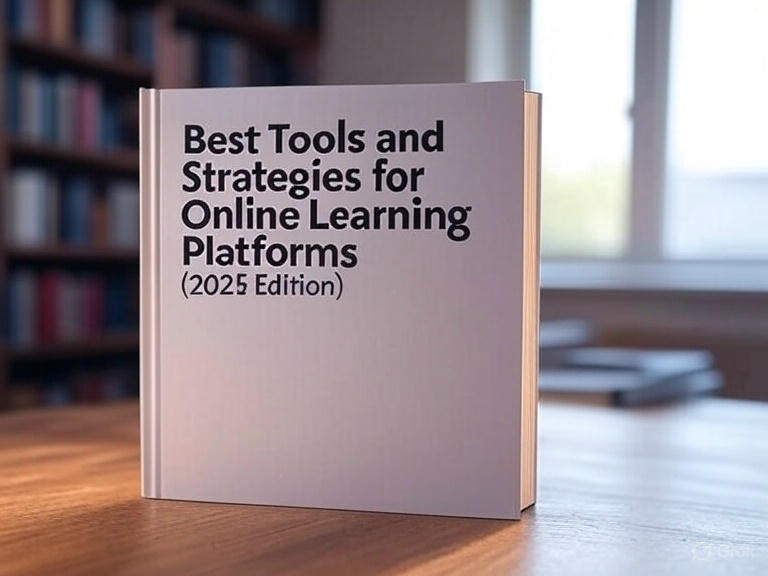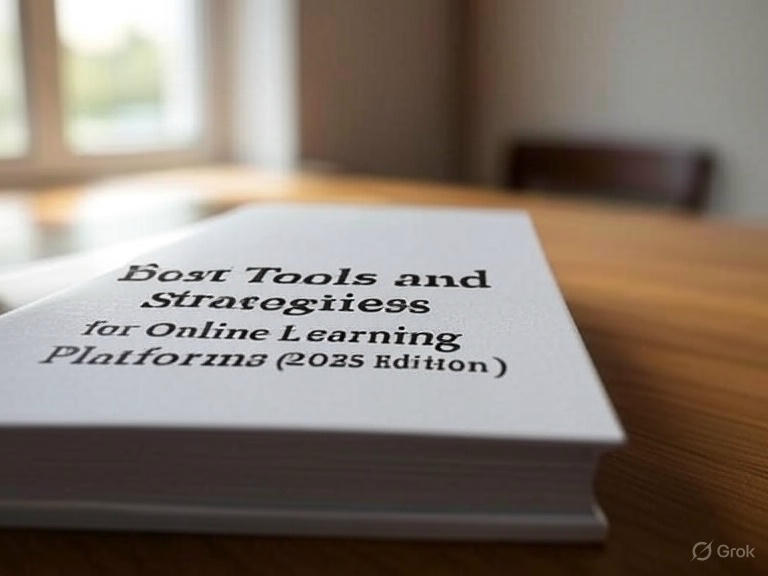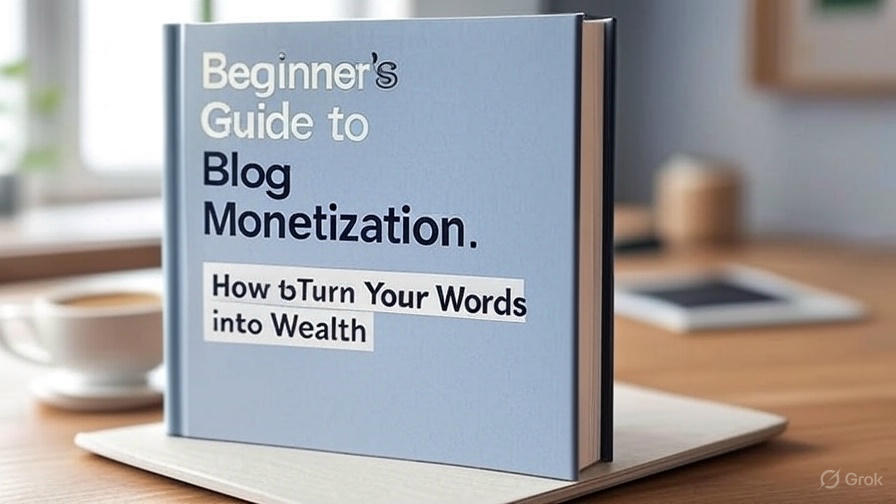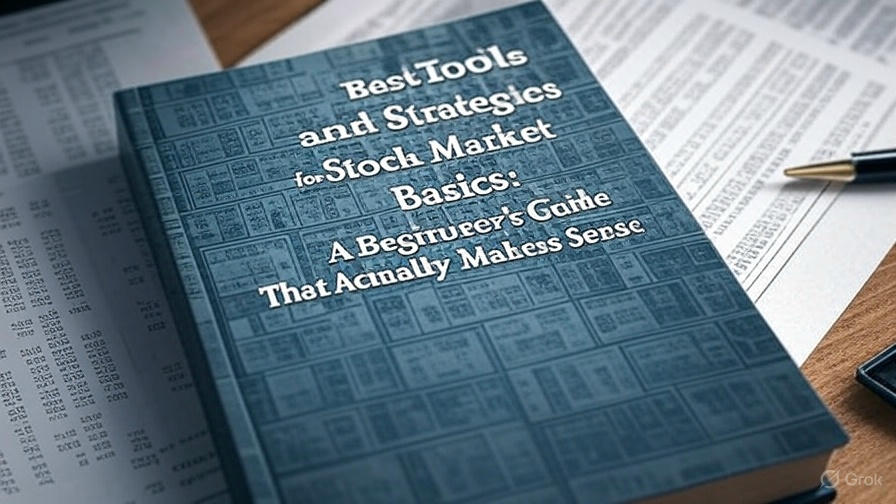So, you’ve finally decided to start a blog? Welcome to the party! But wait… staring at that blinking cursor and wondering, “What the heck do I write?” Been there. Writing for blogs might look easy (spoiler alert: it’s not), but once you’re in, you’ll realize it takes a mix of creativity, strategy, and coffee-fueled persistence.
But don’t worry, I’ve got your back. Whether you’re dreaming of going viral or just want your blog posts to stop sounding like IKEA instruction manuals, these beginner-friendly tips are going to help you write better, faster, and more authentically. Let’s dive in!
1. Know Who You’re Talking To
Imagine writing a love letter without knowing who it’s for. Awkward, right? Same goes for blogging.
Before you write a single word, ask yourself: Who is my reader? Are they moms juggling toddlers and TikTok trends? Startup founders seeking SEO hacks? College students decoding adulting?
Pro Tip:
- Create a reader persona—give them a name, job, struggles, and goals.
- Write like you’re talking to them, not the entire internet.
2. Don’t Just Write. Solve a Problem.
People don’t Google “blog posts to read while bored.” They search for solutions. That means your content needs to do something for the reader.
Think of your blog like a helpful neighbor—the one who knows how to fix a leaky tap or gives killer dating advice.
Ask yourself:
- What pain point am I solving?
- Will this post make someone say, “Oh wow, that’s exactly what I needed!”?
3. Craft Headlines That Make People Click (Without Feeling Clickbait-y)
Let’s face it—we all judge blog posts by their titles. If your headline is snooze-worthy, nobody’s clicking.
Instead of:
“Tips for Writing Better Blogs”
Try:
“Top 10 Blog Writing Tips That’ll Make You Sound Like a Pro (Even If You’re Just Starting Out)”
Make your headline:
- Clear (no mystery meat)
- Benefit-driven
- Power-packed with emotion or curiosity
4. Hook ‘Em in the First 5 Seconds
If your intro sounds like a Wikipedia page, you’ve already lost half your readers.
Your first few lines should punch them right in the feels (not literally, of course). Start with a question, bold statement, or funny anecdote. Like how I kicked this post off with that blinking cursor moment? Totally relatable.
5. Use Subheadings Like Life Rafts
Nobody likes the Wall of Text Monster. Subheadings break your content into snackable bits, making it easier to skim and digest.
Use H2s for main sections and H3s for breakdowns. It helps with SEO and your reader’s sanity.
Bonus Tip: Add a “Table of Contents” if your post is super long.
6. Make It Personal. Make It Real.
People connect with people, not robots. Inject your personality, tell stories, admit mistakes, and share your wins.
For example, I once published a 2,500-word guide that totally flopped because I forgot to add meta descriptions. Lesson learned (and now, shared).
Relatability = Trust. And trust = loyal readers who keep coming back for more.
7. Master the Art of Formatting
Here’s a little secret: You could have the best content in the world, but if it’s ugly on the page, no one’s reading it.
Formatting checklist:
- Short paragraphs (2-3 lines max)
- Bullet points and numbered lists
- Bold key takeaways
- Images, GIFs, or infographics when needed
By the way, white space is your best friend. Don’t crowd your content like a Delhi metro at rush hour.
8. Write for Humans, Optimize for Google
Let’s not forget we’re trying to rank on Google, right?
But please—don’t write like a keyword-obsessed cyborg. Sprinkle your main keyword (like “content writing for blogs”) and related LSI terms naturally.
SEO Basics for Beginners:
- Use your main keyword in the headline, first 100 words, and meta description.
- Include internal links (to your other blog posts) and external links (to high-authority sources).
- Use alt text for images.
- Answer common questions in bold or in a dedicated FAQ section.
9. Edit Like a Ruthless Grammar Ninja
Writing is rewriting. Your first draft is just that—a draft. Don’t post it until you’ve edited it like a bloodthirsty proofreader.
What to fix:
- Typos, grammar, and punctuation
- Overused phrases or filler words (like “just,” “very,” or “basically”)
- Fluff that adds no value
I use Grammarly and Hemingway App to polish my drafts. And sometimes, I read my blog out loud—you’ll be surprised how many awkward sentences you catch.
10. End With Purpose. Always.
Don’t ghost your reader at the end. Wrap it up with a bang—summarize key points, offer a takeaway, or challenge them to do something.
Oh, and always include a Call to Action (CTA):
- “Leave a comment below and tell me your biggest writing struggle.”
- “Download my free blog checklist to level up your next post.”
- “Share this with a friend who’s starting a blog!”
You want them to do something after reading, right?

Quick FAQ: For That Featured Snippet Juice
What is content writing for blogs?
Content writing for blogs involves creating informative, engaging, and SEO-optimized articles that provide value to readers and align with a blog’s goals.
How do I start writing blog content as a beginner?
Start by identifying your target audience, choosing a niche, solving a specific problem, and writing in a conversational tone with clear structure.
How long should a blog post be for SEO?
Aim for 1,500 to 3,000 words for in-depth, value-packed content that ranks well on Google.
What are LSI keywords?
LSI (Latent Semantic Indexing) keywords are terms related to your main keyword. They help search engines understand context and boost your content’s visibility.
How often should I post blogs?
Consistency beats frequency. Posting once a week or biweekly with quality content is better than daily fluff.
Final Thoughts
Content writing for blogs is like cooking your grandma’s secret recipe. You need the right ingredients, some spice (a.k.a personality), and lots of love.
Don’t aim for perfection. Aim for connection. And keep learning, experimenting, and writing. Because the only way to get better at blogging… is to blog.
So, what are you waiting for?
Drop a comment below with your favorite tip, or tell me which one you’re going to try first! And hey, if this post helped, give it a share—your fellow newbie bloggers will thank you.
Happy writing, friend! 😊
















